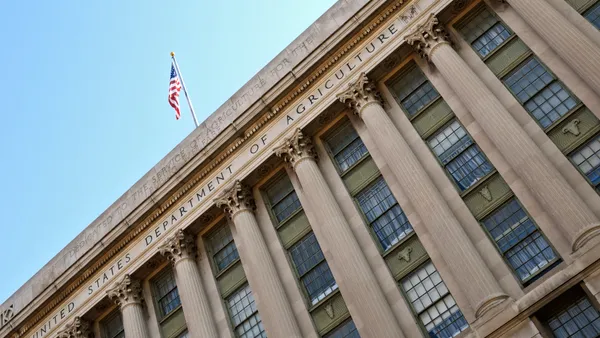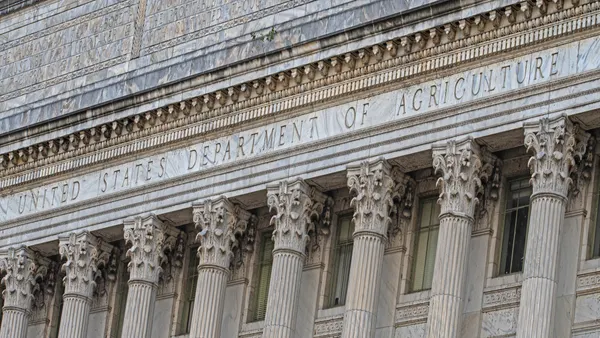Dive Brief:
- The Nature Conservancy released a report, "Funding Trees for Health," which highlights the benefits of planting trees in cities to improve air quality, minimize urban heat island effects, support water quality and create more aesthetic environments, among other benefits.
- The Conservancy believes there are four main barriers preventing cities from planting more trees: lack of knowledge about the benefits of trees; public concerns regarding falling limbs or criminal activity; a lack of financial resources; and siloed departments left to deal with the responsibility of tree planting.
- While the Conservancy notes that the solutions to overcome these barriers vary by city, it broadly suggests directly linking forestry to health goals and objectives for financial and public support.
Dive Insight:
Simply put, trees can make even the most grey concrete jungle feel more inviting. In fact the Conservancy notes that urban canopies can improve mental health, eventually leading to a reduction in mental illnesses. And considering how minimal the investment would be to dramatically increase urban forestry — around $8 per person annually — there's a fair argument to push for tree planting for the sake of public wellness. The investment even has a convincing ROI; the report cites a 2016 study from the U.S. Forest Service that found every $1 spent on planting trees results in about $5.82 in public benefits.
Investments in urban greening can have an especially beneficial impact on low-income residents as well. Fast Company cited a 2013 study that black people were 52% more likely than white people to live in minimally shaded parts of a city with less access to green spaces. With an increased focus on urban greening, the landscape of socioeconomics may also face an improvement.
The most difficult barrier to overcome, of the ones listed by the Conservancy, may actually be how agencies are siloed, leading to poor planning and communication. City leaders must get participation from multiple departments to lend a hand to increasing urban greening in order for all parts of the community to reap the benefits.










